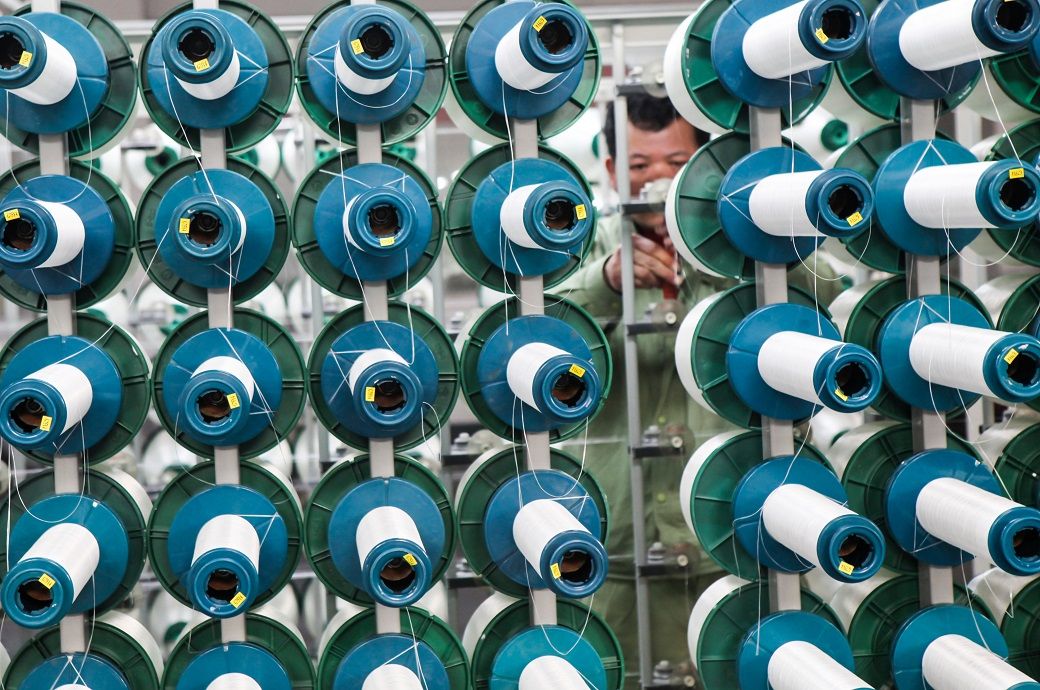

The capacity utilisation rate remains at a relatively low level on average, albeit higher than in November 2022. The main factor in keeping the rate up is the improved situation in China, where domestic consumption is picking up pace slowly, according to the 19th ITMF Global Textile Industry Survey (GTIS) conducted in the second half of March 2023.
A look at various regions shows that capacity utilisation rates have been steadily decreasing in South-East Asia, Europe (including Turkiye), and North and Central America. The fall is slower in Europe where the share of textile machinery companies is relatively high. A very high order backlog in this segment slows down the fall in the region. The rate is lower in Africa on average and has been improving in East Asia and South America since January 2023. The significant improvement in East Asia can be explained by higher domestic consumption in China since the end of the Zero-COVID-policy.
The capacity utilisation rate is still relatively high for the textile machinery segment. The high order backlog accumulated during 2021 and early 2022 helps to keep the rate high. The production of textile machines is not delayed anymore by disrupted supply chains as this was the case until 2021-2022. On the other side of the spectrum, a relatively high volatility can be observed in the spinning industry. A very low-capacity utilisation rate was reported by home textile companies. Since the middle of 2021, home textile producers have seen a steady drop to very low rates.
Fibre2Fashion News Desk (NB)